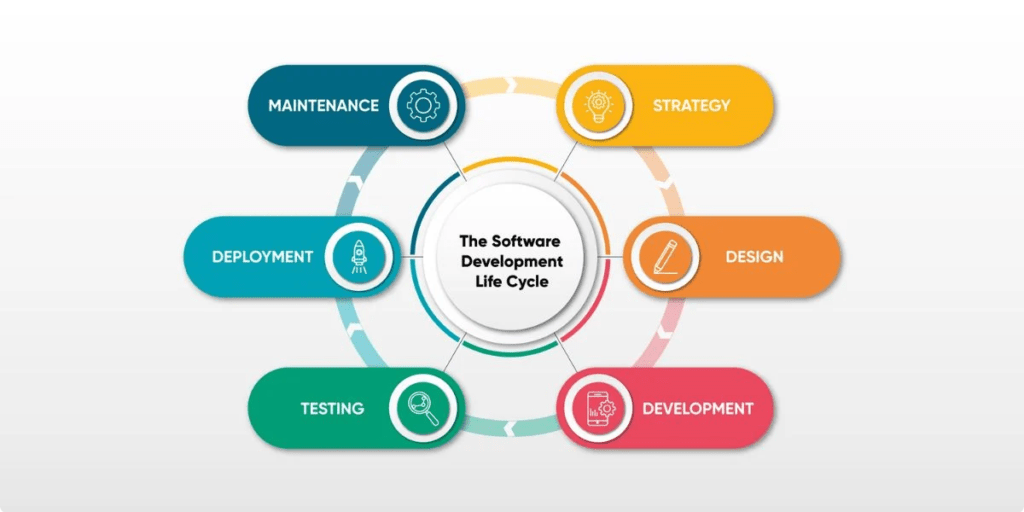Software development is a process that involves multiple stages and phases, collectively known as the software life cycle. The software life cycle is a systematic approach to software development that ensures that the software is developed efficiently and effectively. The life cycle involves several stages that cover the complete development of software, from conceptualization to maintenance and support.

Stages of software life cycle
The software life cycle is divided into several stages, including:
- Requirements gathering and analysis: This stage involves identifying and gathering information about the software requirements, such as functional and non-functional requirements. This stage helps to define the scope of the project and ensure that the final product meets the needs of the stakeholders.
- Design: This stage involves creating a detailed design of the software. The design should include both the architectural design and the detailed design of the user interface. The design should also consider the security and performance requirements of the software.
- Implementation: This stage involves writing the code for the software. The code should be developed according to the design and should adhere to coding standards and best practices.
- Testing: This stage involves verifying that the software meets the requirements and works as expected. Testing should be done at various levels, including unit testing, integration testing, and system testing.
- Deployment: This stage involves deploying the software to the production environment. The deployment should be done according to a well-defined plan and should consider issues such as backup and recovery, security, and performance.
- Maintenance and support: This stage involves maintaining the software after deployment. This includes fixing bugs, updating the software to meet changing needs, and providing ongoing support to users.
Each stage of the software life cycle is important, and a failure in one stage can impact the quality and success of the software. It is important to follow a systematic approach to software development, such as the software life cycle, to ensure that the software is developed efficiently and effectively.
In conclusion, the software life cycle is a systematic approach to software development that ensures that the software is developed efficiently and effectively. It covers the complete development of software, from conceptualization to maintenance and support, and is divided into several stages, including requirements gathering and analysis, design, implementation, testing, deployment, and maintenance and support. Adhering to a software life cycle approach can help ensure the success of software projects.
